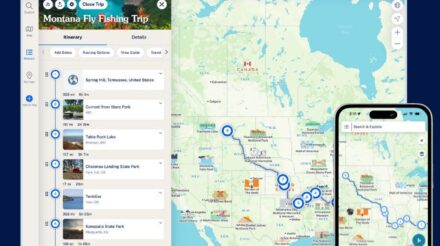RV absorption refrigerators operate differently than residential style fridges in that they don’t have a compressor or refrigerant aiding in the cooling process. The technology is older than 100 years and requires a bit more attention, care, and understanding of how it operates in order to maximize performance.
Key Takeaways
- Cooling can take up to eight hours after startup, with a day-ahead start advised before loading.
- If the fridge fails to light three times, it locks out until powered down and restarted.
- Ammonia smell, gurgling, or yellow-green powder near the burner signals leaking coils and likely replacement.
Two of the most common issues associated with refrigerator trouble are when food doesn’t stay at safe temperatures in the fridge or freezer or when the unit doesn’t turn on.
Here are a few important tips to keep in mind when troubleshooting and caring for your RV’s absorption refrigerator.
Troubleshooting: How to Tell if the RV Refrigerator is On and Cooling
It’s helpful to understand the different types of power sources when troubleshooting your RV fridge. Absorption refrigerators require a combination of 12-volt direct current (DC) to operate the control panels and either propane or 120-volt alternating current (AC) power from shore power or a generator to power the cooling process. Some RV refrigerators operate three ways and include a 12-volt option to operate.
If the control panel isn’t operative, start with the coach battery as this is what powers the fridge controls. Is your battery disconnect switch engaged? Is the battery fully charged? The issue could also be a blown fuse in the 12-volt DC panel.
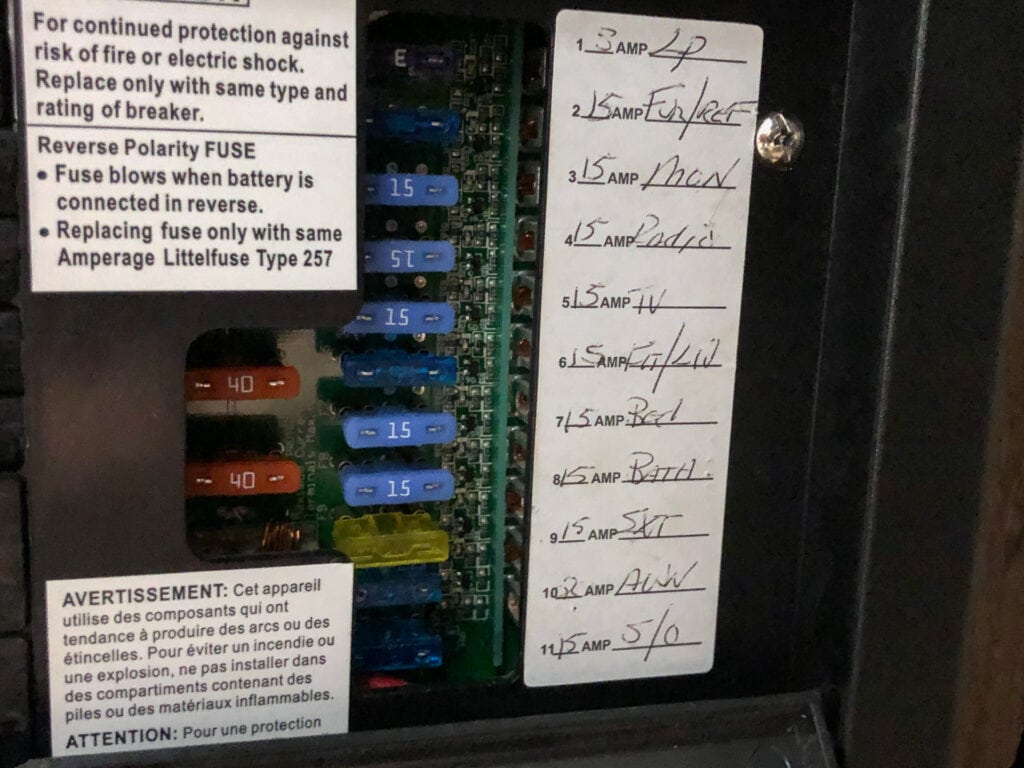
Next, check the cooling sources. If you’re using propane, you might hear the ignition process and flame lighting, which will confirm it’s on. You might also be able to see or hear the flame in the burner assembly area when you open the lower exterior refrigerator access panel.
The first way to know if the 120-volt AC power system is working is by confirming that the other appliances running on this power source are operative. You can also place a thermometer inside the fridge to check its temperature as it begins the cooling process. There are a few additional ways to check the 120-volt operation on the fridge, but these require a bit more technical knowledge—unless you’re trained, call an RV technician.
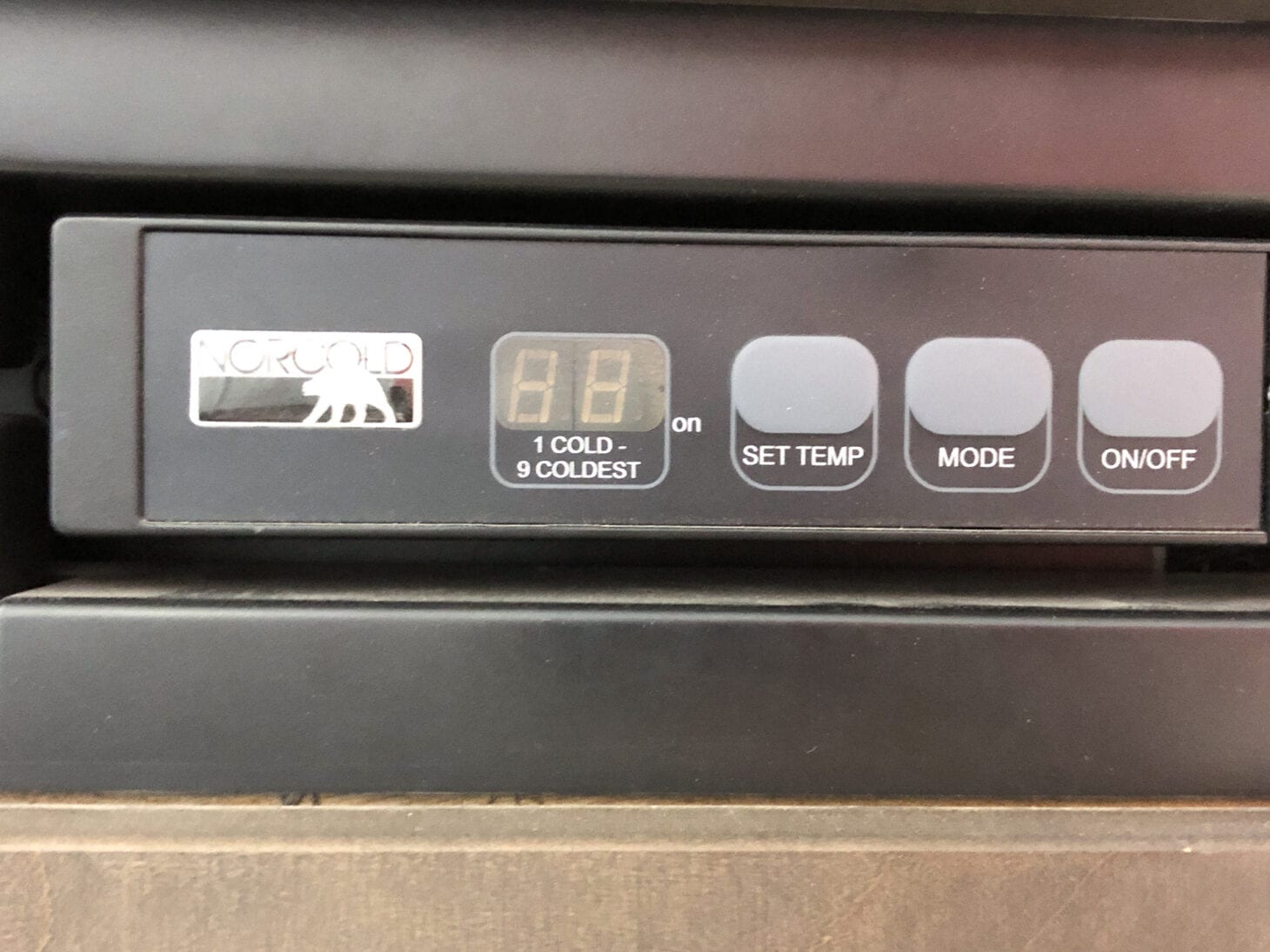
Troubleshooting: RV Fridge Works on Propane but not Electric (120-volt AC checks)
In this case, you know your problem isn’t with the cooling coils or the 12-volt DC coach battery. You can narrow it down to something in the 120-volt AC chain.
- Check the circuit breaker in the electrical panel box in the RV to make sure it hasn’t tripped.
- Check to make sure that the actual power cord for the fridge is plugged into its dedicated outlet. You’ll find this in the exterior lower access panel.
- There’s a possibility that the 120-volt fuse on the refrigerator circuit board isn’t operative or the 120-volt heating element might need to be replaced. Unless you’re trained, call your RV technician for either of these items.
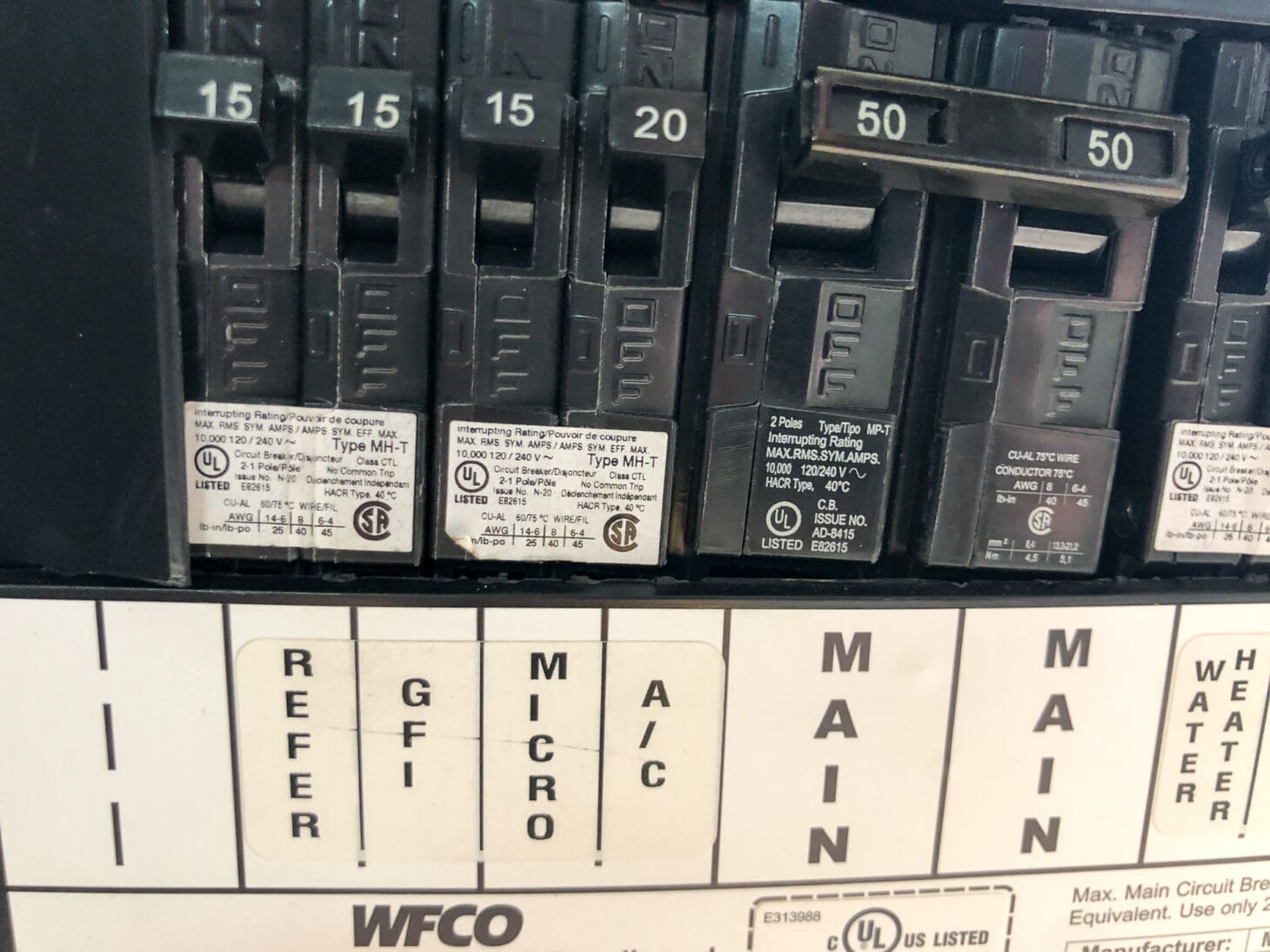
Troubleshooting: RV Refrigerator Works on Electric but not Propane (Propane Lockout and Valve Checks)
If your fridge is working on 120-volt AC, you know it’s not a cooling coil problem and not a 12-volt DC problem. You can now isolate the issue to the propane chain. Check the propane level on your tank and make sure that the service valve is open.
If you’re still having trouble, you might be experiencing a propane lockout. This can occur at the tanks or at the appliance. If you opened your service valve and turned on any propane-fueled appliance inside the RV before the valve was opened, there’s a safety device called the excess flow valve that can prohibit the proper flow of propane needed to ignite at the refrigerator. Turn off all propane-fueled appliances inside the RV, turn off the service valve at the propane tank, wait a few minutes, and turn it back on. This will provide proper back pressure to operate the propane system.
If your fridge has unsuccessfully attempted to light three times, the appliance will go into lockout. Reset the fridge by powering it down, wait a few minutes, and power it back on to attempt the ignition process again. If this happens continually, it’s time to call an RV technician to check out items like a dirty burner assembly area or corroded electrode.
Troubleshooting: RV Refrigerator not Cooling Enough (Thermistor, Airflow, Door Seals)
Absorption refrigerators can take up to 8 hours to cool after start-up. Plan to turn them on a day before loading them.
Your RV refrigerator might have a control panel on the front of the refrigerator that can adjust the temperature; however, many absorption-style refrigerators use an internal temperature control device called a thermistor. This looks like a piece of plastic clipped to the metal fins on the back wall of the fridge interior. Sometimes there’s a sticker next to it on the sidewall with an arrow pointing to the words “Colder” and “Warmer.”
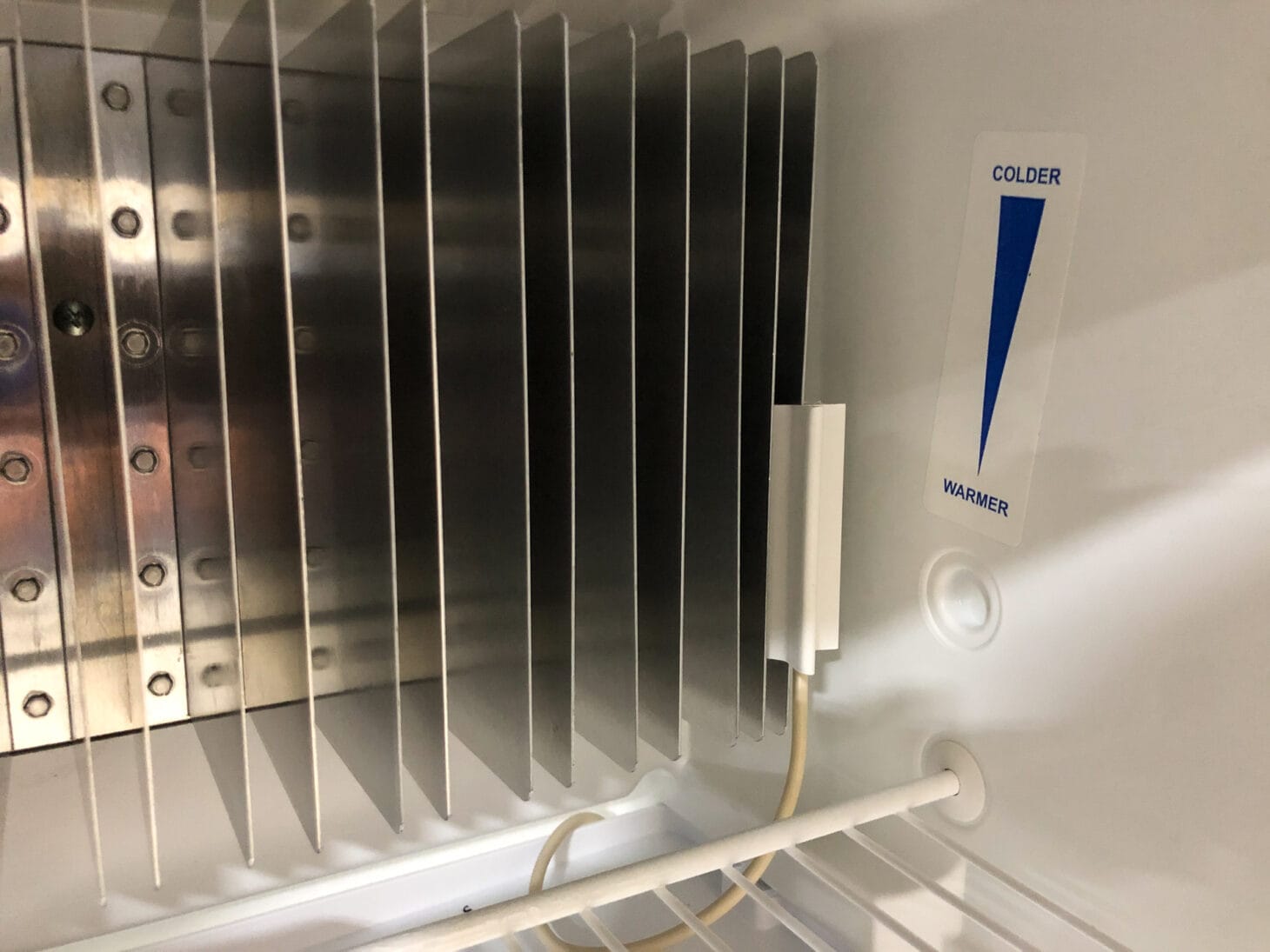
Simply move the thermistor clip in the direction that you want the temperature to go. If your thermistor is screwed into place, that means it’s fixed, and you don’t need to move it internally. Instead, you’ll adjust the temperature at the control panel.
Airflow inside an RV refrigerator can also affect the temperature. Since there’s no internal fridge fan, you don’t want to overpack the interior with food or add warm items like leftovers. An aftermarket internal fan (like this one) can help with circulation inside the fridge.
Check the fridge door seals on occasion for gaps that might let warm air in. These types of refrigerators can’t keep up when temps get extreme. It may be operating properly and still be too warm.
Airflow is also important on the exterior of the RV in the fridge access compartment. Air should easily move from the lower access panel area, up the backside of the fridge, and over the condenser coils on its way out of the RV. Some RV owners might have a baffle to help direct air over the condenser coils. Ensure that there aren’t obstructions like debris or nests that impede airflow.
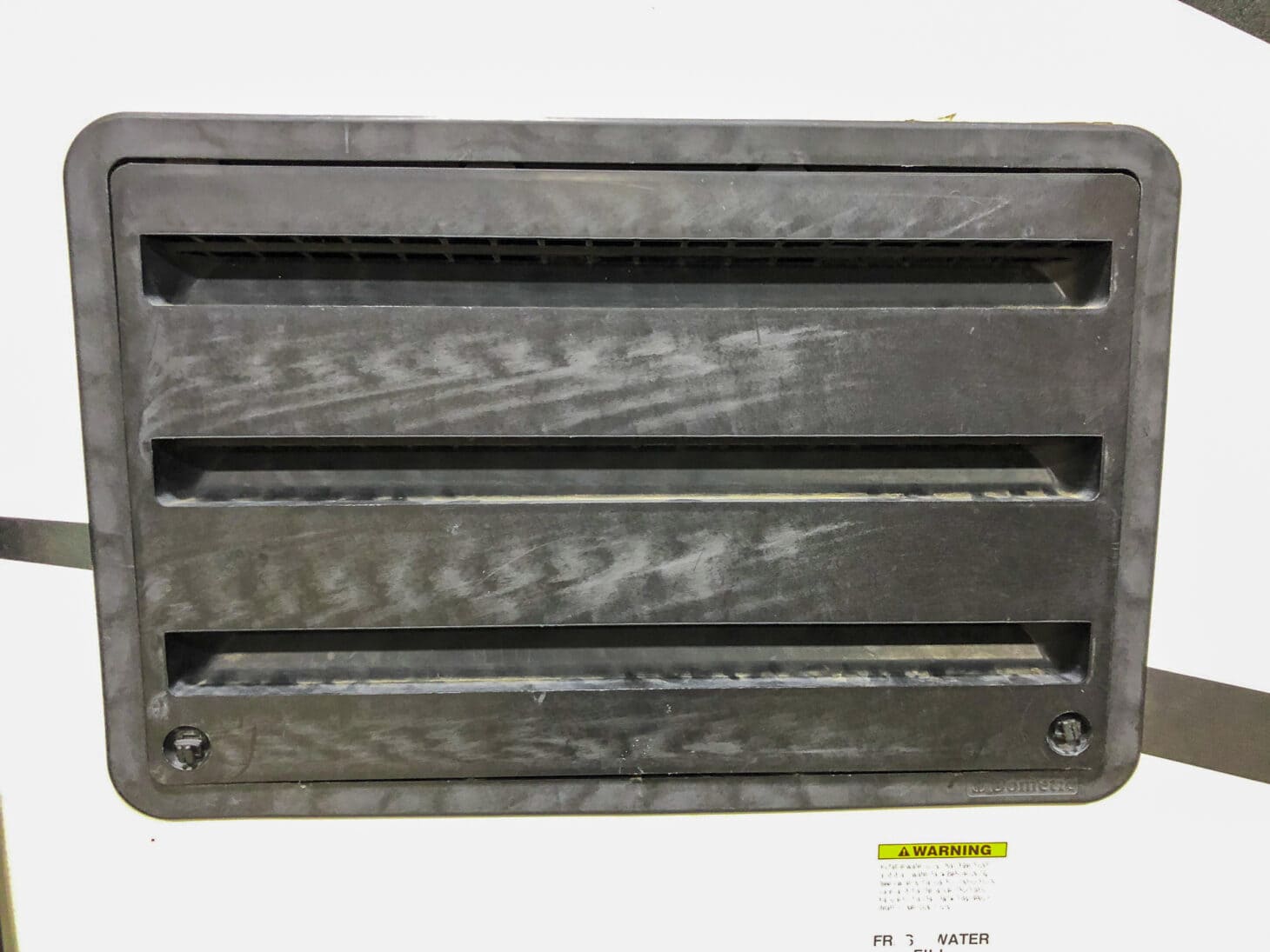
Lastly, check the drip tube to make sure that the cap is still in place. An open drip tube allows for warm air to make its way back into the refrigerator compartment if the cap is missing.
Troubleshooting: RV Refrigerator Cooling Coils—Leak Signs and When to Replace
If the refrigerator still isn’t cooling after you’ve confirmed that all power sources are operative, there might be a problem with the cooling coils. If you notice an ammonia smell, hear a gurgling sound, or see any signs of a yellow-green powder around the burner assembly area in the lower exterior fridge compartment, it’s time to call the RV technician. This indicates a leak and that it’s most likely time to replace the cooling coils.
Troubleshooting: Unlevel RV Can Damage Refrigerator Cooling Coils
You might have heard that your RV needs to be level for proper refrigeration operation, which is true. The cooling coils on the backside of an RV fridge are placed at a specific angle for proper operation. If you’re continuously operating your refrigerator in an unlevel RV, it will eventually cause damage to the coils and result in a costly fridge repair.
When to Call an RV Technician for Refrigerator Repair
These troubleshooting tips can help you handle some common RV fridge issues on your own. However, there are going to be problems that require the expertise of an RV technician, like rewiring or replacing 120-volt glass fuses, circuit board issues, a recall notice repair, and exterior airflow baffle installation.
This article has links to products that were carefully selected by our editors. We may earn commission on your purchases from these links. Visit this page for the full details of our affiliate marketing policy.

